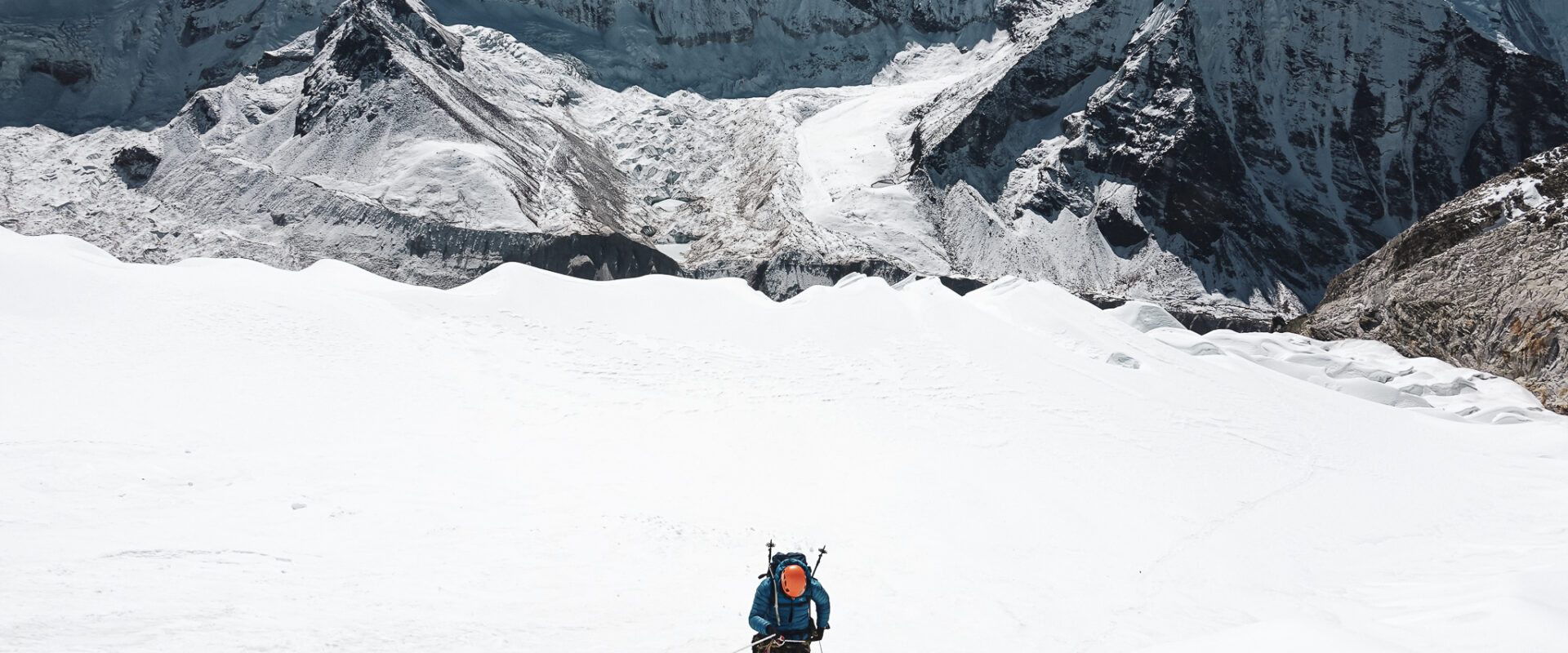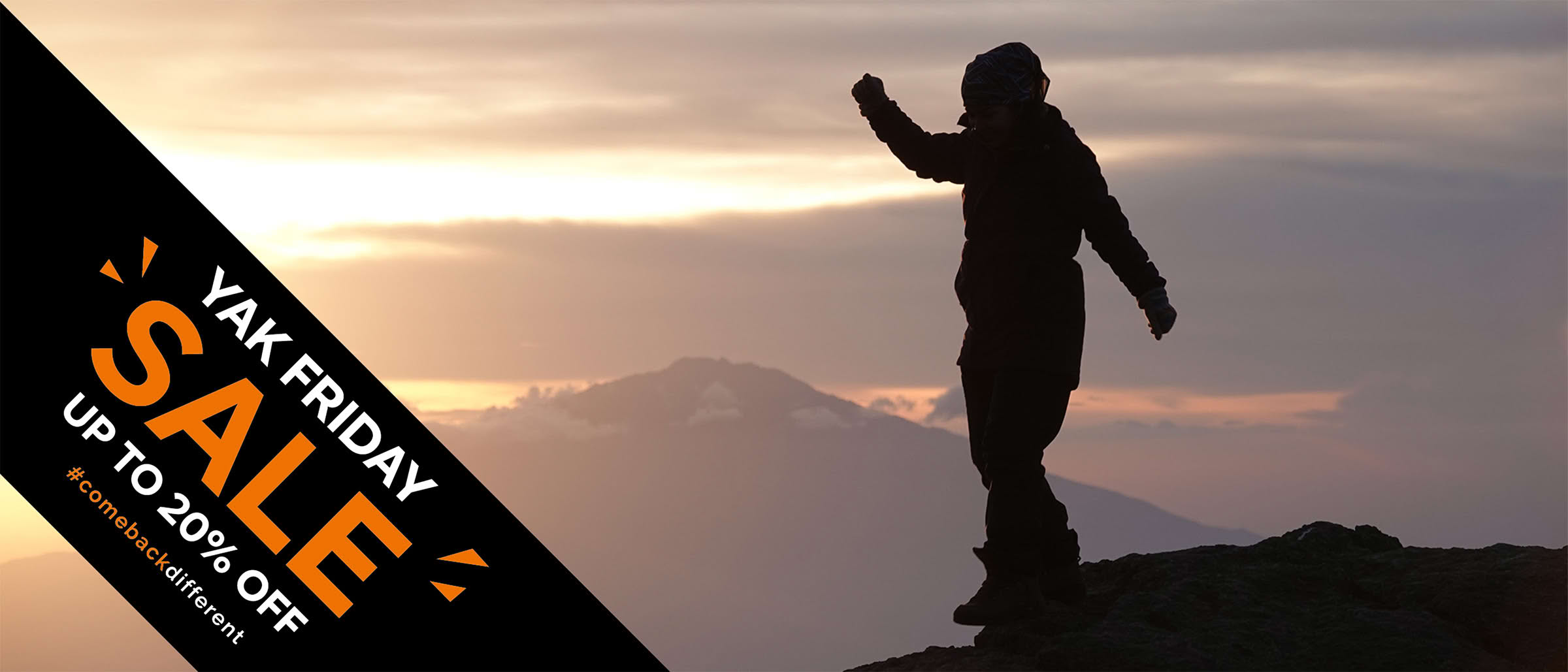BY Hazem El Shamy | August 12 2025
How to Train for Island Peak

Island Peak (Imja Tse) stands at 6,189 metres in the Everest region of Nepal. It’s one of the most popular trekking peaks, offering a blend of Himalayan trekking and technical mountaineering. Training for Island Peak isn’t just about building strength; it’s about preparing your body and mind for the demands of high-altitude climbing.
Understand the Challenge
Reaching Island Peak’s summit involves days of trekking, a glacier crossing, and a steep snow climb. You’ll carry a pack, navigate rocky terrain, and use mountaineering skills like rope work and crampon technique. The altitude is the greatest challenge, so your training should prepare you for sustained effort with reduced oxygen.
Build Your Endurance
Cardiovascular fitness is the foundation. Aim for at least four to six months of preparation, including:
- Long hikes on uneven terrain once a week, increasing distance and elevation gain over time
- Running, cycling, or swimming for 45–60 minutes, three to four times a week
- Training with a weighted backpack to simulate expedition loads
Endurance is what will keep you moving hour after hour on summit day.
Strengthen Your Muscles
Climbing at altitude demands strength in your legs, core, and upper body. Focus on:
- Squats, lunges, and step-ups for leg power
- Planks and rotational exercises for core stability
- Pull-ups and push-ups for upper body strength when using ropes or hauling yourself up steep sections
Two to three strength sessions per week will make a big difference.
Practice Technical Skills
Island Peak is more than just a trek. You’ll need to be confident in:
- Using crampons and ice axes
- Ascending and descending fixed ropes
- Moving safely while roped up with others
If possible, join an introductory mountaineering course or practise in a local climbing gym.
Train for Altitude
While you can’t fully replicate high-altitude conditions at home, you can prepare your body to cope better. Prioritise:
- Back-to-back hiking days to simulate expedition fatigue
- Sleeping at higher elevations when possible
- Learning to pace yourself and manage your breathing under effort
Mental Preparation
High-altitude climbing is as much about mindset as it is about fitness. Be ready for long days, cold conditions, and moments of discomfort. Training in challenging environments—rain, heat, or wind—can help build resilience.
Putting It All Together
Create a training plan that combines endurance, strength, and skill practice. Stick to it, track your progress, and gradually increase intensity. Arrive in Nepal prepared, but also flexible—mountains have their own rhythm, and part of the journey is adapting to it.
About The Author
Hazem is an avid high altitude mountaineer and adventurer that has helped lead hundreds of climbers to summits across the Himalayas, Andes, Atlas, and Caucus mountain ranges. He believes that inspiration is best served on a sharp ridge 6000 meters up in the sky, and is committed to making big mountain goals more achievable to the everyday climber.
About Life Happens Outdoors
At Life Happens Outdoors, we believe in the power of nature to transform lives. As proud members of the Adventure Travel Trade Association (ATTA) and the World Travel & Tourism Council (WTTC), our team of certified guides and outdoor professionals is committed to the highest standards of safety, sustainability, and excellence.
Discover more about our story and mission on our Meet LHO page, or explore our curated adventures such as the Tour du Mont Blanc Trek, the Climb of Kilimanjaro, and Chasing the Northern Lights.















